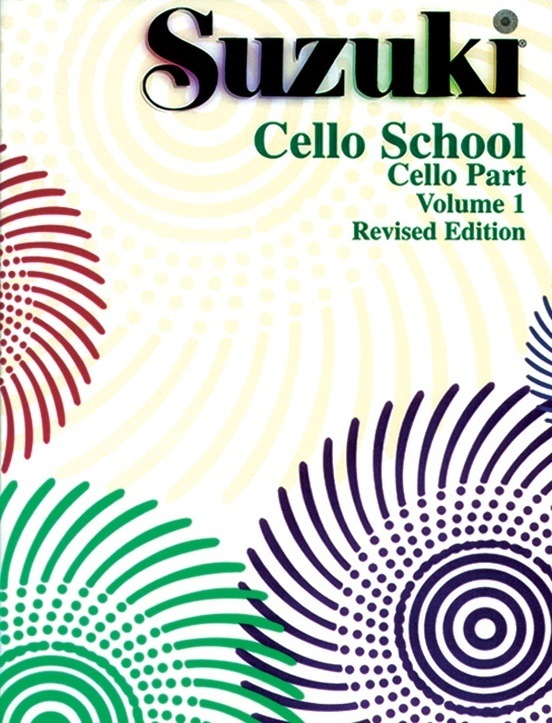Description
The Suzuki Method was conceived in the mid-20th century by Suzuki, a Japanese violinist who desired to bring beauty to the lives of children in his country after the devastation of World War II. As a skilled violinist but a beginner at the German language who struggled to learn it, Suzuki noticed that children pick up their native language quickly, and even dialects adults consider “difficult” to learn are spoken with ease by children at age five or six. He reasoned that if children have the skill to acquire their native language, they have the necessary ability to become proficient on a musical instrument.
He pioneered the idea that preschool age children could learn to play the violin if the learning steps were small enough and the instrument was scaled down to fit their body. He modeled his method, which he called “Talent Education” (才能教育 sainō kyōiku), after his theories of natural language acquisition. Suzuki believed that every child, if properly taught, was capable of a high level of musical achievement. He also made it clear that the goal of such musical education was to raise generations of children with “noble hearts” (as opposed to creating famous musical prodigies).

